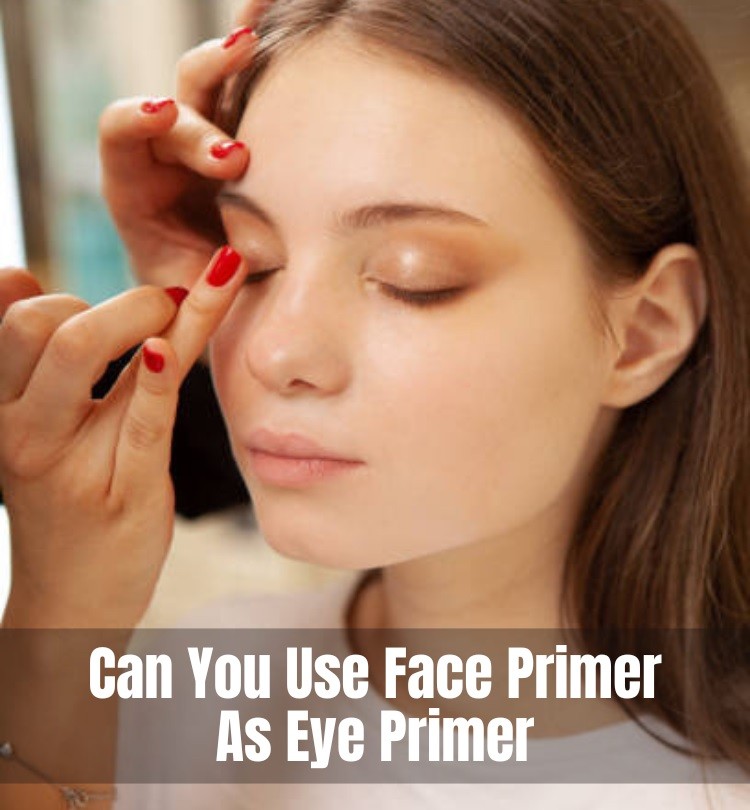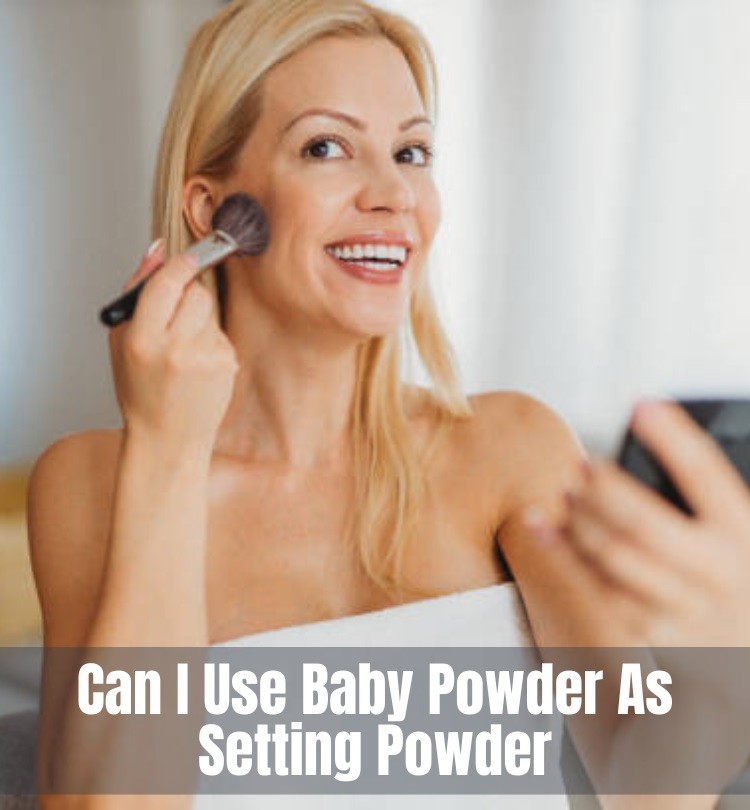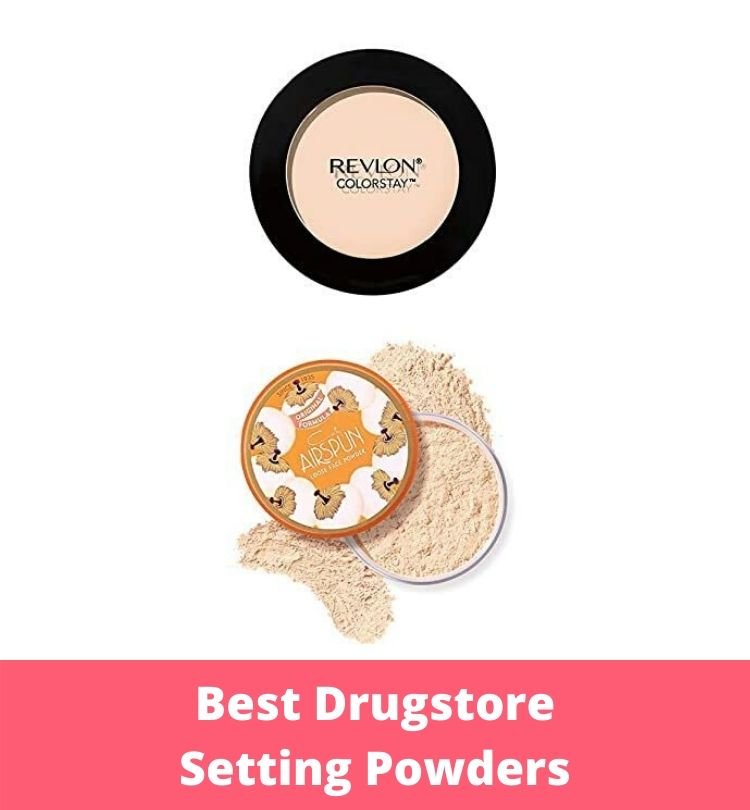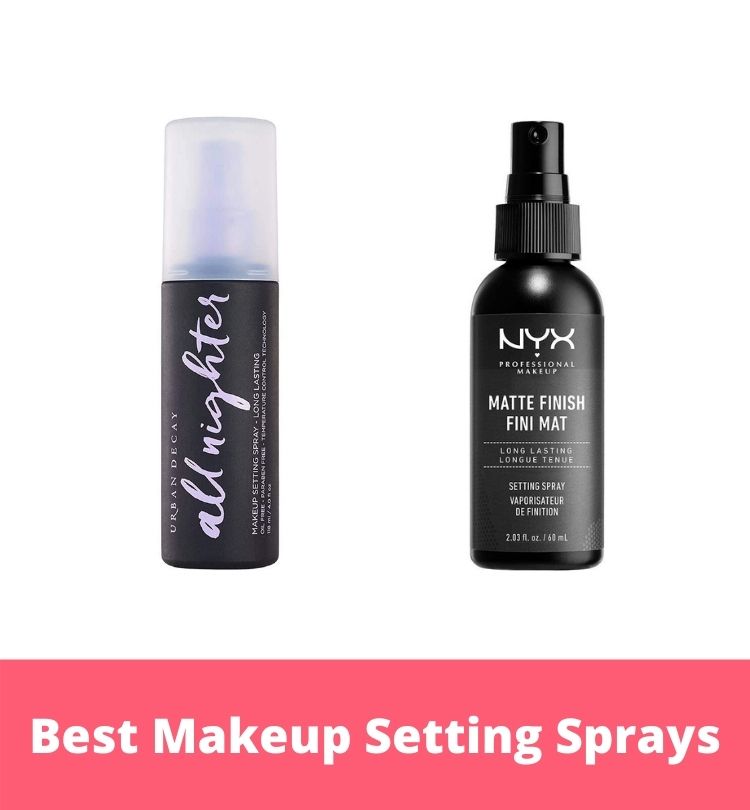This post contains affiliate links.
Updated on March 8, 2025
Yes, face primer can be used as an eye primer. Face primers contain similar ingredients to eye primers that help in smoothing out the skin surface and creating an even base for makeup application.
It is essential to choose a face primer that is safe for the eye area and does not irritate the eyes. Using a primer before applying makeup can not only help you achieve a flawless finish but also make your makeup last longer.
While many people invest in a separate eye primer for creating a base on their eyelids, others wonder if they can use face primer as eye primer. The short answer is yes; you can use face primer as eye primer. Face primers are designed to create a smooth surface for makeup to adhere to, and eye primers contain similar ingredients that reduce creasing and enhance the longevity of eye makeup. When choosing a face primer as eye primer, make sure that it is safe for the delicate eye area and does not cause irritation.
Contents
Face And Eye Primers
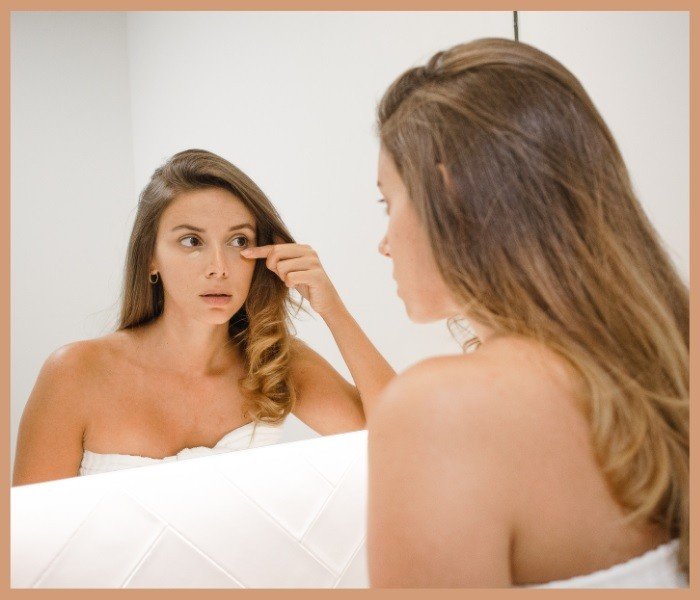
If you are someone who is fond of makeup, you might have come across the term ‘primer’. A primer is a makeup product that helps to prepare your skin before applying foundation or any other makeup products. But did you know that there are different types of primers for different areas of your face?
Face primers and eye primers are two such types that serve different purposes.
Differences Between Face And Eye Primers
Face and eye primers differ in the following ways:
- Purpose: The purpose of a face primer is to blur the imperfections, pores, and fine lines on your face, while an eye primer helps to prevent creasing, fading, and smudging of your eye makeup.
- Texture: Face primers are lightweight, while eye primers are tacky and thicker in texture.
- Ingredients: Eye primers contain specific ingredients that help to grip eye makeup, whereas face primers do not contain these ingredients.
- Coverage: Face primers create a smooth base for your foundation to adhere to, while eye primers don’t provide much coverage.
Similarities Between Face And Eye Primers
Despite their differences, face and eye primers share some similarities:
- Both help to enhance the longevity of makeup on your face.
- Both can help to create a flawless makeup look.
- You can use face primer as eye primer in a pinch but never use an eye primer on other areas of your face as they are designed for the delicate eye area only.
While face and eye primers may seem similar, they have different purposes, textures, and ingredients. It is crucial to understand their differences and similarities before choosing the right primer for your makeup routine.
Related: Can You Tan Through Concealer?
Face Primer Vs Eye Primer – Can They Be Used Interchangeably?
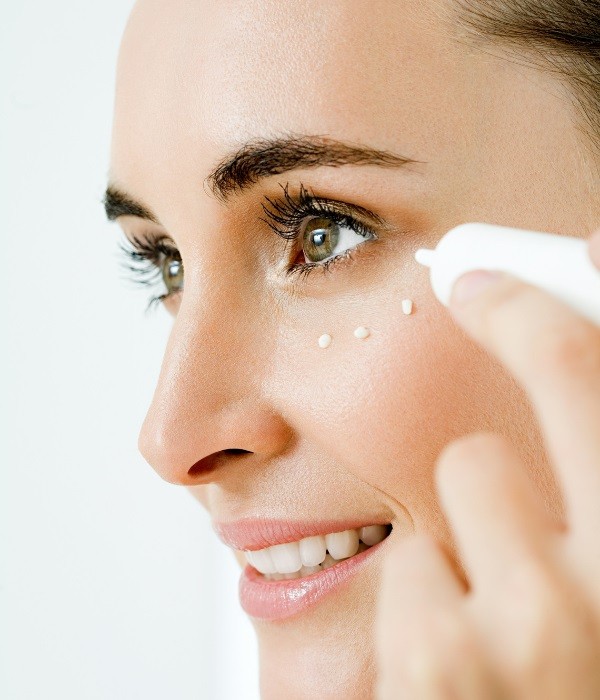
Many of us wonder whether face primers and eye primers can be used interchangeably. After all, both serve the same purpose — to prime the skin and extend the lifespan of the makeup. But are they genuinely interchangeable? Let’s delve into the matter and find out more about the topic.
Factors To Consider Before Using Face Primer As Eye Primer
While you may be tempted to shorten your makeup routine by using face primer as an eye primer, it may not always be the best idea. Here are a few factors to consider.
- Skin sensitivity: Skin around the eyes tends to be more sensitive than the rest of your face. Face primers may contain harsher ingredients than eye primers, leading to irritation, redness, or itching around the delicate eye area.
- Longevity: Eye primers are designed to withstand the natural oils (and sweat) around the eyes, ensuring that your eye makeup stays in place for hours. Face primers, on the other hand, may wear off much sooner, leading to creasing and smudging.
- Coverage: Face primers are designed to even out the skin texture and blur imperfections, preparing a smooth canvas for your foundation. Eye primers, on the other hand, are formulated to even out the skin tone and texture around the eyes, creating a perfect base for eyeshadows, concealers, and eyeliners.
These factors highlight the need to choose the right primer for the right area of your face.
Pros And Cons Of Using Face Primer As Eye Primer
Before you use face primer as an eye primer, consider the pros and cons.
Pros
- Convenience: Using the same primer for the face and eyes can save time and space in your makeup bag.
- Cheaper: Face primers are often more affordable than eye primers, making them a budget-friendly option.
Cons
- Skin irritation: As mentioned earlier, face primers may contain harsher ingredients, causing irritation, redness, itching, or even allergic reactions around the eyes.
- Creasing: Without an eye-specific primer, you risk your eyeshadows creasing or smudging due to natural oils and sweat around the eyes.
Tips For Using Face Primer As Eye Primer Effectively
If you’re going to use a face primer as an eye primer, here are a few tips that can help you use it effectively.
- Patch test: Before using face primer around the eyes, conduct a patch test on the inside of your elbow to ensure there’s no negative reaction to the product.
- Use a small amount: Apply a tiny bit of the primer on the eyelids with your ring finger, focusing on the areas where your eyeshadows tend to crease more.
- Set with powder: After applying the face primer on the eyelids, set it with a translucent powder to prevent the natural oils from disrupting the primer.
- Avoid applying too close to the lash line: The skin around the eyes is thinner, and the product may seep into the eyes, causing irritation. It is best to apply the primer away from the lash line.
While it is possible to use face primer as an eye primer, it is not recommended due to the sensitivity of the skin around the eyes. Using an eye-specific primer can protect your skin from irritation and ensure that your eye makeup stays in place for hours.
Best Eye Primers – Why Should You Use Them?
Benefits Of Using Eye Primers On Eyelids

Eye primer has many benefits, and it is a must-have in your makeup kit if you want the best results from your eyeshadow application. Here are the benefits of using eye primers on your eyelids:
- Eye primers create a smooth base for eyeshadow application, which helps to prevent creasing and smudging, ensuring that your eyeshadow lasts all day long.
- Eye primers improve the color payoff of eyeshadows; this means that your eyeshadow color will be sharper, more vibrant, and more noticeable, giving you an eye-catching look.
- Eye primers prevent eyeshadow fallout, which can make you look tired, dull, and unkempt. With eye primer, your eyeshadow stays put, and you look fresh and bright throughout the day.
- Using eye primer helps to even out your skin tone, hiding any discoloration, redness, or veins on your eyelids, which can interfere with your eyeshadow look.
Related: Does Concealer Go On Before Or After Tinted Moisturizer?
Types Of Eye Primers And Their Suitability For Different Skin Types
There are different types of eye primers, and what works for one skin type may not work for another. Here are the types of eye primers and their suitability for different skin types:
- Silicone-based primers are ideal for oily eyelids, as they help control oil and keep your eyeshadow in place.
- Cream-based primers are well-suited for dry or mature skin, as they moisturize and hydrate your eyelids, providing a smooth base for eyeshadow application.
- Powder-based primers are perfect for normal or combination skin types, as they do not add any extra moisture but keep your eyelids smooth and matte, allowing your eyeshadow to stay put.
Top Eye Primers In The Market And Their Features
When it comes to eye primers, there is an abundance of options to choose from. Here are some of the top eye primers in the market and their features:
- Urban decay eyeshadow primer potion: This eye primer is a cult favorite and for a good reason. It provides a smooth, even base for eyeshadow application and ensures that your eyeshadow stays put for up to 24 hours.
- Too faced shadow insurance eyeshadow primer: This eye primer is silky, lightweight, and long-wearing. It prevents creasing, fading, and smudging, ensuring that your eyeshadow looks fresh and vibrant all day long.
- Nars pro-prime smudge-proof eyeshadow base: This eye primer is ideal for oily eyelids, as it prevents oil buildup and helps your eyeshadow last for up to 8 hours.
- Benefit stay don’t Stray eyeshadow primer: This eye primer is a two-in-one product that not only provides a smooth base for eyeshadow but also conceals under-eye circles and discoloration.
- Tarte shape tape 12-hour eye primer: This eye primer is well-suited for dry or mature skin, as it hydrates your eyelids and ensures that your eyeshadow does not crease or fade for up to 12 hours.
Using face primer as an eye primer is a big no-no. Eye primer is specifically designed for use on the eyelids, and it has many benefits, including creating a smooth base for eyeshadow application, improving the color payoff of eyeshadows, and preventing eyeshadow fallout.
There are different types of eye primers for different skin types, and some of the top eye primers in the market include urban decay eyeshadow primer potion, too faced shadow insurance eyeshadow primer, nars pro-prime smudge proof eyeshadow base, benefit stay don’t stray eyeshadow primer and tarte shape tape 12-hour eye primer.
Best Face Primers – Why Should You Stick To Using Them On Your Face?
Benefits Of Using Face Primers On Your Face
Using a face primer before applying makeup has plenty of benefits. Here are some of the key reasons why you should stick to using face primers on your face:
- Creates a smooth base: Applying primer on your face creates a smooth base for your makeup, making it easier to apply foundation and concealer.
- Prolongs makeup wear: Using a primer helps keep makeup intact for an extended period, keeping it looking fresh and avoiding the need for touch-ups throughout the day.
- Helps to control oil and shine: Some primers are specially formulated to reduce oiliness on your face, making them perfect for those with oily skin types.
- Protects your skin: Most primers contain vitamin E, which acts as an antioxidant, protecting your skin from pollutants and environmental stressors.
- Evens out skin tone: If you struggle with redness, discoloration, or uneven skin tone, a primer can help even out your skin tone to give you a flawless look.
Types Of Face Primers And Their Suitability For Different Skin Types
There are different types of face primers in the market, and each type has its benefits for different skin types. Here are the major types of primers you can find in the market, along with their suitability for different skin types:
- Silicone-based: This type of primer is perfect for those with oily skin types, as it helps control oil and shine.
- Water-based: Ideal for people who have dry or sensitive skin, as it helps hydrate the skin without clogging the pores.
- Color correcting: This type of primer is perfect for those with uneven skin tones as it neutralizes the redness or discoloration on the skin.
- Illuminating: Suitable for those with dull skin, this type of primer adds a radiant glow to your skin, making it look more youthful and bright.
- Pore-minimizing: Perfect for those with large pores, this type of primer helps reduce the appearance of pores, resulting in a more flawless finish.
Top Face Primers In The Market And Their Features
Choosing the right primer for your skin can be daunting since there are so many available products in the market. Here are the top face primers in the market and their features:
- Too-faced hangover primer: This primer is a hydrating primer that is perfect for those with dry, uneven skin. It contains coconut water that hydrates your skin and gives it a dewy finish.
- Smashbox photo finish primer: This silicone-based primer is excellent for those with oily skin. It is lightweight and controls oil and shines, giving you a matte finish.
- Nyx Studio perfect primer: This color-correcting primer corrects uneven skin tones, making it perfect for those with discoloration or redness on their skin.
- Becca illuminating primer: This illuminating primer adds a radiant glow to your skin, leaving it looking youthful and fresh.
- Benefit porefessional primer: This pore-minimizing primer helps reduce the appearance of pores, resulting in a more even skin tone.
Using a face primer before applying makeup on your face is essential. It not only creates a smooth base but also prolongs makeup wear, and controls oil and shine while protecting and evening out your skin tone. Regardless of your skin type, there is a primer out there that is suitable.
Consider trying out some of the top primers in the market and their features to find the perfect one for your skin type.
Related: How To Cover A Black Eye Without Concealer?
Frequently Asked Questions On Can You Use Face Primer As Eye Primer?
Can You Use Face Primer As Eye Primer?
Yes, it can be used as eye primer. But make sure it’s safe for your eyes.
What Is The Difference Between Face Primer And Eye Primer?
Eye primer is formulated to be safe for use on eyelids and is thicker. Face primer is thinner and may cause irritation on eyelids.
Is It Safe To Use Face Primer On Eyes?
Yes, but only if it’s safe for your skin. Test it on a small area before using it.
What Are The Benefits Of Using Eye Primer?
Eye primer can prevent creasing, make eyeshadow last longer, and enhance color pigmentation.
Can You Use Eye Primer As Face Primer?
It’s not recommended. Eye primer is formulated for the delicate skin of the eyelids and may not work well on the face.
Conclusion
Based on our research and personal experience, using face primer as an eye primer can be a good option in a pinch. It’s important to keep in mind that face and eye primers have different formulations and purposes, so it may not be the best long-term solution for your makeup routine.
If you do decide to use face primer as an eye primer, make sure to apply it carefully and avoid getting it in your eyes. Additionally, investing in a good quality eye primer can help you achieve a more precise and long-lasting eyeshadow look.
As with any beauty product, it’s always best to test it out and see what works best for you and your skin. Happy experimenting!

